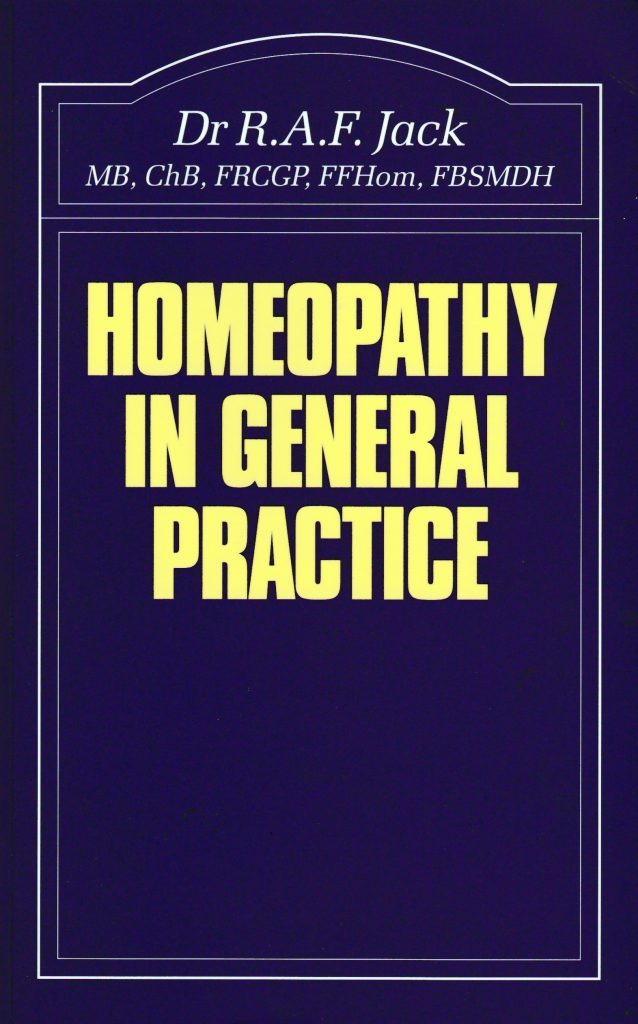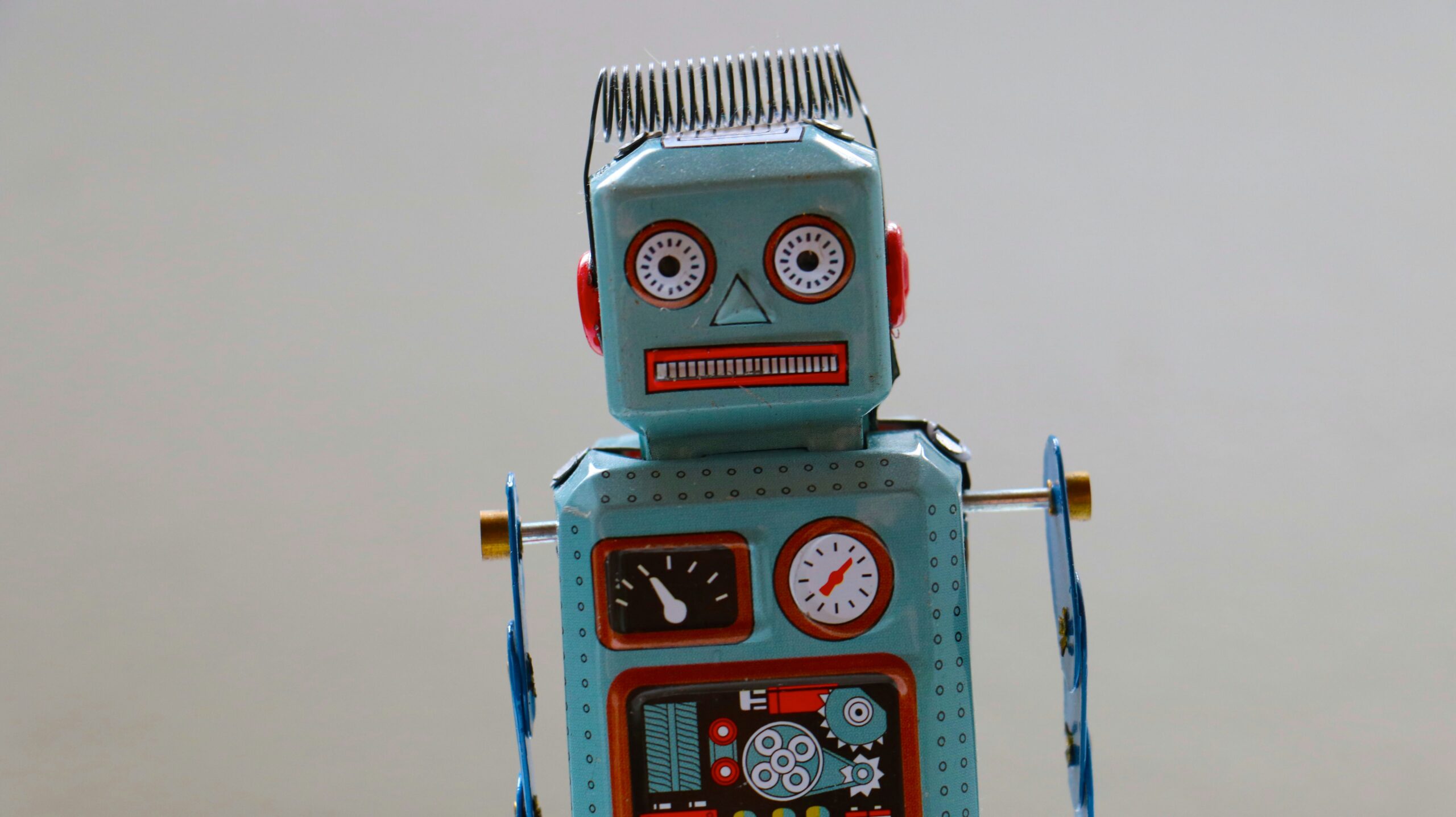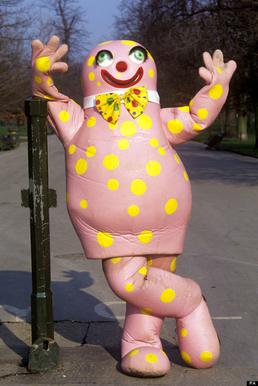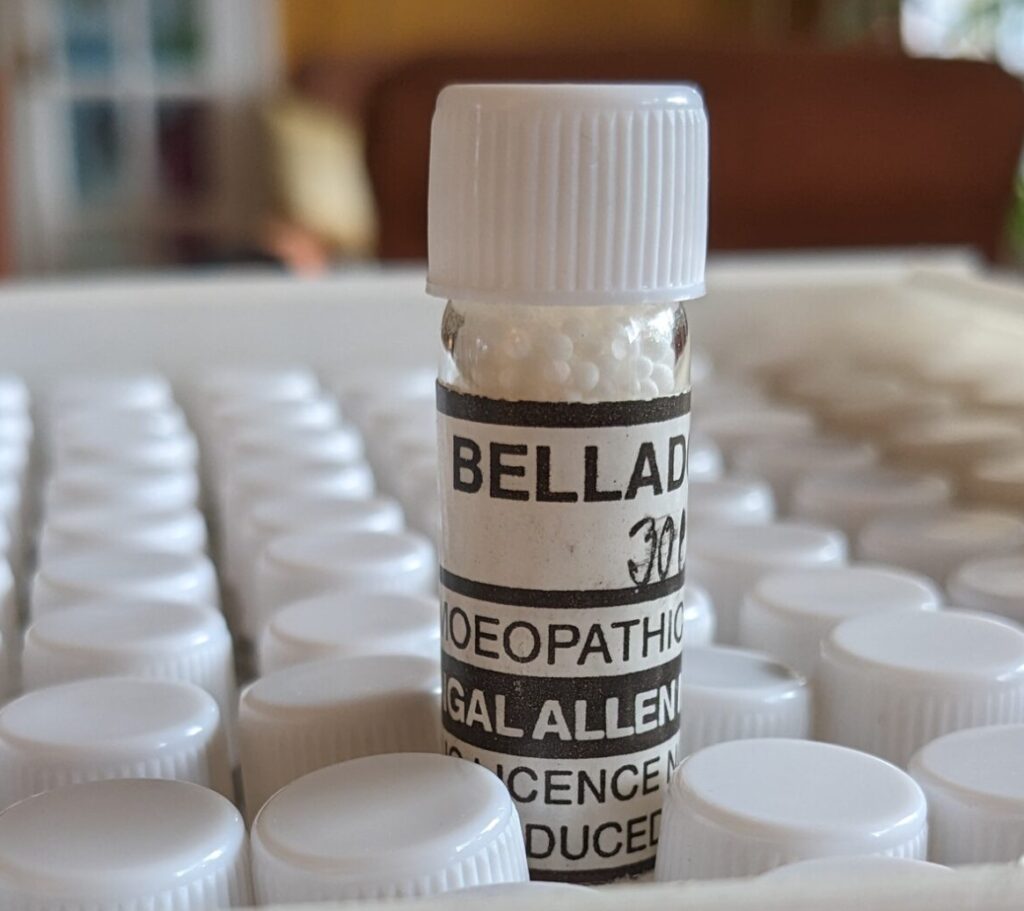Indeed, what is Homeopathic Medicine when compared to what most people understand as conventional medicine, sometimes termed Allopathic Medicine. I wrote a blog on this topic recently but today I would to revisit the topic from another angle as a headline article for this New Year.

Our nature as human beings is the fundamental question in medicine. It is clearly the case that we have a physical presence; skin and bone we assuredly are. It is equally true that within our bodies a myriad of biochemical processes take place every millisecond of which we are blissfully unaware (until something goes wrong).
Only in the last hundred years or so has science been able to unravel many of these processes. Quite a remarkable achievement when you consider the millenia that mankind has walked on this earth.

It is true that – to some degree – we are quite machine like. The brain a sort of copmputer; the heart a pump; the liver a chemical factory; limbs and joints akin to the parts of our cars that can be replaced when they wear out.
There seems to be no end to this process of discovery, and doubtless with advances in AI there is much more to come.
And it is quite a big ‘But’ as (wo)Man, whilst having machine like properties is rather more than that. The one word to summarise this is ‘ALIVE’.
To be frank we really do not know what this means despite the scientific advances. I have just started to read a book by Philip Ball, titled How LIfe Works. The author both chemist and physicist is a former editor of the journal Nature. Thus far I have only read the first hundred pages, but the general thesis is that the ‘black box of life is far richer and more ingenious than we had guessed’.
Metaphorically it was only ‘yesterday’ when the human genome was mapped (2003). This vast book of codes was anticipated to reveal everything about who we are, right down to our thoughts and emotions. Unfortunately, according to Ball, the grander expectations have been ‘exposed as incomplete, misleading or even wrong’.
I guess it is back to the drawing board.
Conventional medical research sits within the domain of the reductionist / matierialist science model. That is to say that any phenomena has to have a physically detectable lineage. And as technology advances scientists can detect smaller and smaller pieces of the jigsaw. All well and good.
On the other hand non-materialist science has been neglected. Many scientists accept the concept but in general academia is not keen on such notions. Polymath Rudolf Steiner was perhaps one of the most notable individuals to consider the nature of life. But he died 100 years ago, though his legacy lives on.
One example might be the vitalist concept. That is to say that there exists a life giving force that animates. The academic problem is that vitalism doesn’t explain much; just another word for life.

Be that as it may I rather like the concept. After all without life (which might be described as death) we know that everything dissolves back to the elements. Even if a skeleton remains, those dry bones are a far cry from those that take us through life. Even our bones are alive; were it not so fractures would not heal!
Moreover science tells us that we are roughly three-quarters water and our cells over 90% water. In a blog I wrote some time back, I remarked that we are really like Mr Blobby, once a familar image of Saturday night TV.
Dr Samuel Hahnemann who set down the tenents of Homeopathic Medicine in the early 19th century adhered to a vitalist philosphy. In his seminal work, The Organ of Medicine, he wrote this:
‘It is only the pathologically untuned vital force that causes diseases. The pathological manifestations accessible to our senses express all the internal changes…they reveal the whole disease. Conversely,..the disappearance of all perceptible deviations from health necessarily implies that the vital principle has returned to health.’
James Tyler Kent was a notable Homeopathic physician in the USA at the beginning or the 20th century who said (I paraphrase) that your pathology is not your disease but the ultimates of you disease. In other words it is a disturbance of the vital force that is the causative factor, and the physical pathology is consequent on that.
Trying to understand that causative factor is one keystone of Homeopathic practice. This contrasts a approach which looks the pathology and then seeks to manage the symptoms.
Now I am being a little niaive because obviously conventional medicine is interested in causation. Our New Year resolutions to eat better; drink less; stop smoking and exercise more, are all expression of how to avoid unnecessary damage to the life or vital force, even though it is not expressed in that way.
But homeopathic medicine contrasts conventional medicine as its focus is on this immaterial vital force. Furthermore its ‘drugs’ are also immaterial, being potentised ultra dilutions. (‘Potentisation’ is a process of step wise dilution (typically 1 in 100) interspaced by aggitation). Whilst the physics of potentisation is not absolutely clear it is quite apparent that something unique to the original substance is retained providing medicinal value. The value of scientific endeavour to better understand the role of homeopathy in the healing process is not in question, but this necessitates a willingness to fund and investigate non-matierial science. Despite 175 years of homeopathic practice the Homeopathic Research Institute was only established in 2011.
Here are the words of Dr Samuel Hahnemann on medicines again from the Organon of Medicine:

‘The influence of medicines upon our organism is exerted dynamically, as if by contagion, without the transmission of the slightest particle of the material medicinal substance. When indicated, the smalllest dose of a properly dynamised medicine – in which calculation shows that there is only an infinitesimal amout of material substance left, so little that it cannot be imagined by the best mathematicians – exerts far more healing power than strong material doses of the same medicine.’
So what is Homeopathic Medicine? It is a system of medicine that perceives disease as a disturbance of the life giving vital force. Pathology arises secondary to that disturbance. The endeavour of the homeopath is to look beyond the pathology taking into account the physical, mental and general nature of the patient and prescribe accordingly in order to bring the vital force back into harmony at which point (ideally) health will return.
As always if you would like to discuss whether homeopathy could help with your health please book a free 30 minute Discovery Call via this button.